
One of the interesting aspects of automation is “making things talk.” Connecting devices together, whether we are talking about a host of network switches, HMI devices, drives, servers, controllers or any other intelligent device, gives you a sense of accomplishment when the devices are connected together and speaking each other’s language.
As a programmer, after you get them talking to one another, you can start the automation and controls code that you are so eager to implement.
Today, I want to set up the communication similar to the way that I set up communication to the MicroLogix 1100, but with the Micro 820 controller that I will be using in the rest of this series.
Micro 820
The Micro 820 controller I will be using has an Ethernet port, Serial Port terminal block, and two slots for expansion I/O boards. The exact model number is 2080-LC20-20QBB:
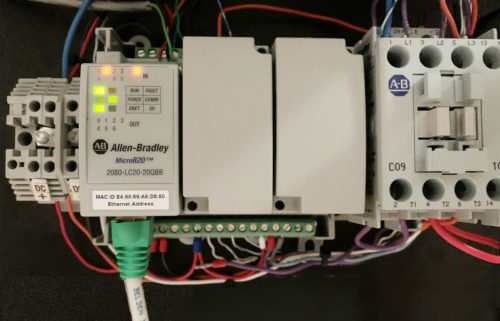 In addition to the controller, the demo case I’m using also has a Remote LCD display which is wired into the serial port of the Micro820.
In addition to the controller, the demo case I’m using also has a Remote LCD display which is wired into the serial port of the Micro820.
In the bottom right corner of the Remote LCD Display (2080-REMLCD,) there is a USB port for connectivity (Note – using this display is the only way to get a USB port on the Micro820 – ed.)
Setting the Micro 820 Ethernet Address
After connecting to the USB Port on the remote LCD, open RSLinx Classic and you should see a new driver named something like, “2080-REMLCD_X, DF1.”
Use this driver to connect to the Micro820 controller as shown in the image below, then browse to the Micro 820 controller.
Next, right-click on the Micro 820 controller and select “Module Configuration” and select the “Port Configuration” tab as shown below.
Here you can setup the IP Address of the Micro 820 controller. In this example I have the IP Address set to 192.168.1.20 with a subnet mask of 255.255.255.0 for this test system.
When done, click “OK” to save your settings.

CCW Project – Adding the Micro 820 Controller
In this example I’ll use the “Discover device from connection browser” to browse RSLinx and add the Micro820 controller to the CCW project in which I already have my PV800 (from last week’s articles:)
Now the Micro820 shows up as part of my CCW project along with the PV800:
CCW Project – PanelView 800 Device Communication Settings, Controller Comms
Now I’ll double-click on the PV800 terminal to bring up the terminal settings. Here communications, user accounts, languages and all other main parameters are set to make the terminal a connected part of the rest of your project.
Under the “Communication” tab, I selected “Ethernet|Allen Bradley CIP” as the communication protocol.
I then added the controller name of my MicroLogix 820 as shown below, as well as the IP address of the Micro 820 controller. The controller type is Micro800.
Validate, Download your CCW PV800 Project
Next, you’ll want to validate and download your PV800 project to have the PV800 communicating with your Micro 820 controller. In the next article, I will get into adding tags, graphic screens and other features to consider.
Remote LCD Display Settings
Since we discussed the remote LCD in this article, I bring to your attention the remote LCD display tab in the Micro 820 controller properties. Here you can change the “Message” that appears on the display.
Conclusion
Communication setup from the PV800 to the Micro 820 was very similar to the MicroLogix 1100, only a different protocol/driver and controller type was selected.
Hopefully, you were able to pick up something here today and you are able to get easily acquainted with a PanelView 800 and Micro 800 Controller.
Written by Brandon Cooper
Senior Controls Engineer and Freelance Writer
Have a question? Join our community of pros to take part in the discussion! You'll also find all of our automation courses at TheAutomationSchool.com.
Sponsor and Advertise: Get your product or service in front of our 75K followers while also supporting independent automation journalism by sponsoring or advertising with us! Learn more in our Media Guide here, or contact us using this form.
- Things I’ve Learned Travelling for Work (2) - July 17, 2025
- Things I’ve Learned Travelling for Work (1) - July 10, 2025
- Emulating an Allen-Bradley E3 or E3 Plus - June 30, 2025

Discover more from The Automation Blog
Subscribe to get the latest posts sent to your email.


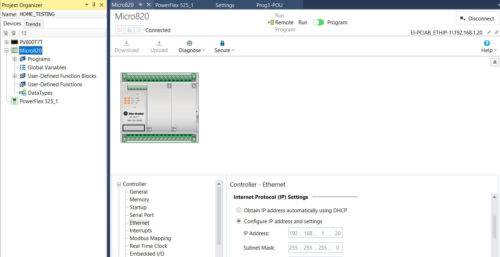
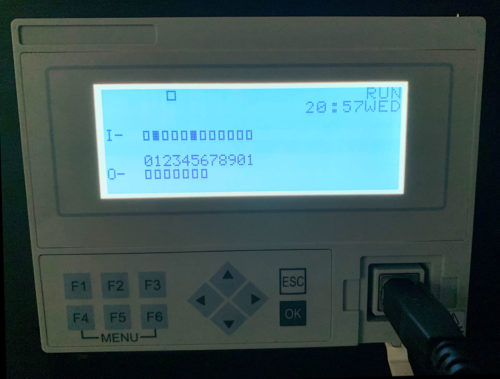
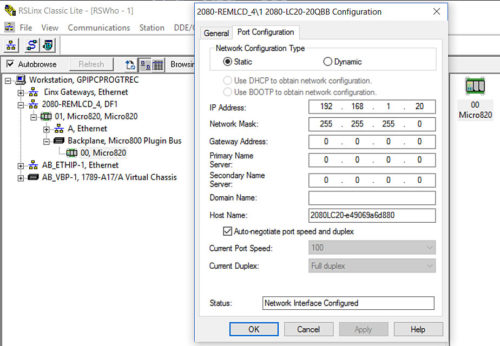
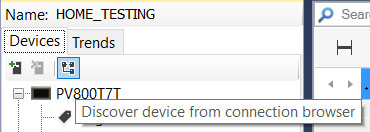
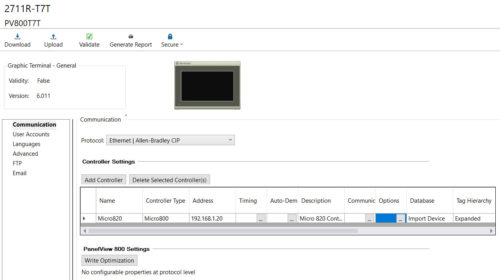
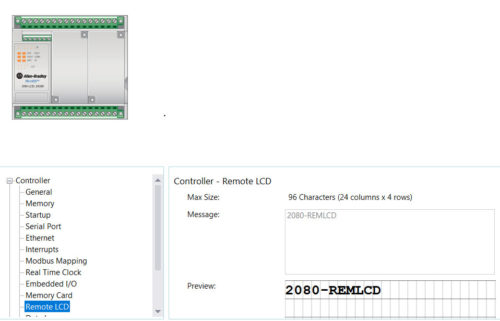



Hello so if I pay the 34.00 I’ll have lifetime access?
You didn’t mention what product you are referring to, and we don’t offer anything for $34?
Are you possibly referring to our digital video collection for $30? Link -> https://theautomationblog.com/tab1